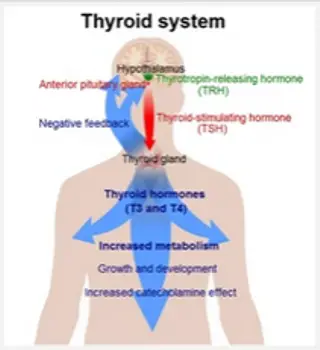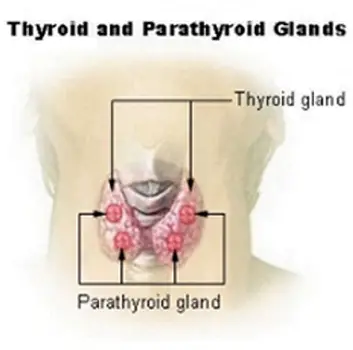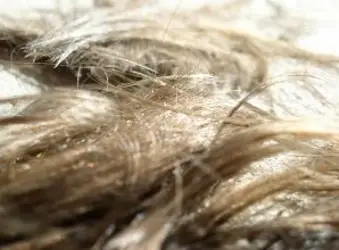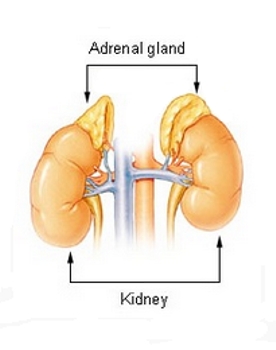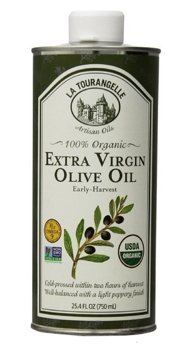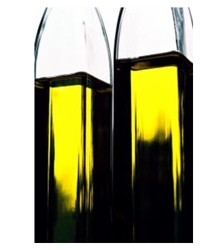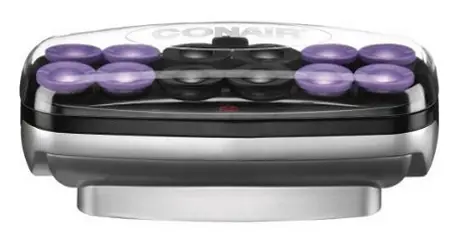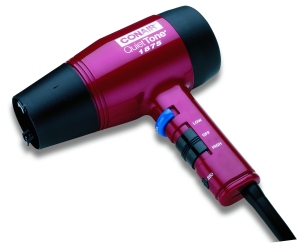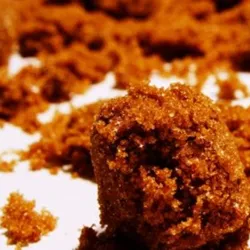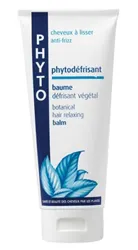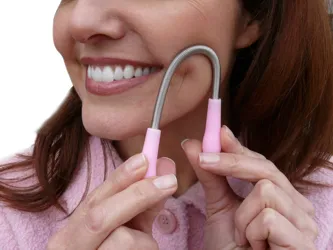
Crinkly Coarse Multi-Colored Hair
Crinkly Coarse Multi-Colored HairSome people at various times in their life may experience an array of structural hair disorders.
One relatively common challenge involves crinkly coarse multi-colored hair popping up from the roots or throughout the rest of the hair.
Random Patches
Hair growing from the roots are coarse, crinkled and wiry. The rough patches of hair may sometimes cluster adjacent to the hairline.
At other times they appear at the crown, the nape of the neck or grow in patches behind the ears.
Damaged Hair That Snaps Off
Sometimes damaged hair will snap off at the roots.
When the new hair grows back it won't have the same weight as longer strands. As a result, it may stick out, have a crinkled texture or wiry.
The snapped off hair roots may also be more exposed to the elements can cause it to be more dry and damaged.
Changing Hair Color Along With Texture
In addition to changing texture, hair may change colors growing in white or silver. It may grow in black or blonde at the roots, but turn white or silver midway down the shaft.
For many people, the sudden change in texture or random color changes in new or existing hair growth can be disturbing and somewhat bizarre.
Unfortunately there's no easy answer to what is the cause of the hair texture and color.
Possible Causes Of Hair Changes
Although every case is different, many cases can be linked back to the following key issues:
1. Hormones
2. Insulin imbalance3. Adrenal gland exhaustion, malfunction or overproduction of androgen
4. Follicle damage or issues5. Hair shaft defects
6. External injury to hair shaftHormones
A properly functioning thyroid gland produces thyroxin and triiodothyronine.
When the thyroid is malfunctioning and there is an imbalance of thyroxin or triiodothyronine, a variety of unexplained hair changes may occur.
Hormonal changes tied to puberty, pregnancy, menopause and hysterectomy have been linked to hair texture and color changes. Thinning and hair loss may also be a side effect.
The changes may last for a few months up to several years depending upon the hormonal fluctuations. Birth control may also have an impact on hair.
Insulin Imbalance
Just as a malfunctioning thyroid may cause serious hair changes, under-productions of insulin can trigger hyperglycemia while over-production may cause hypoglycemia.
Either condition can cause a wide range of hair changes from texture to color as well as thinning and loss.
Insulin is produced in the pancreas and is responsible for the adaptation of glucose in the blood.
Adrenal GlandsAndrogen is produced by the adrenal glands. Part of its responsibility includes hair growth.
An increase in the production of androgen, especially in women, may trigger thinning of the hair. It may also cause excessive facial hair.
Follicle Damage Or Issues
Folliculitis is one of the most common types of follicle damage. Folliculitis is an infection of the hair follicles in the skin.
Tiny pus-filled spots (pustules) develop at the base of a hair, often in clumps or groups. For chronic or serious cases, antibiotic creams or tablets are needed. In recurring cases antiseptic washes can be used.
Hair Shaft Defects
A hair shaft defect is defined as any structural abnormality of the hair shaft. Some hair shaft defects are easily diagnosed with the naked eye, others may require microscopic examination by a physician or other specialist.
Hair shaft defects may include, but not be limited to:
Various forms of Alopecia
Coarse, wiry, frizzy hair or a combinationDisordered hair bundles which grow in all directions or odd patterns
Fragile hair with reduced tensile strengthExternal Injury To Hair Shaft
Repeated external injury to the hair shaft is the most common cause of increased hair fragility.
It may occur due to:
Excessive hair grooming habits
Ongoing tight scalp traction from braiding, tight pony tail or hair extensions
Excessive and persistent heat from hot styling tools (dryers, irons, rollers)Chemical damage (straighteners, hair dyes, perms, etc.,)
In some severe cases, wigs or hairpieces might be considered as a option,.Treating Crinkly Coarse Multi-Colored Hair
Crinkly coarse multi-colored hair may snap easily, stick up straight or have a different curl pattern.
Having a subset of uniquely textured hair is normal for most people, but in some cases crinkly coarse multi-colored hair may be the exception to the rule.
Some people have experienced consistent results treating the damaged strands with coconut oil or extra virgin olive oil (EVOO). Smooth single hair or small groups.
Protein treatments may or may not help strengthen fragile strands.
Gentle hair care is highly recommended. Until the issue is resolved, it may be beneficial to wear hair shorter to minimize the weight on the roots.
Other Successful Treatments
Other successful treatments might include:
1. Consult with a medical or similar professional with expertise in hair related conditions and diseases
2. Immediately discontinue exposure of hair to any causative agents. This can lead to immediate improvement.3. Avoid excessive grooming such as combing and brushing. Minimize traction hair styles. Avoid braiding and hair weaving. Eliminate harsh chemical treatments.
4. Reduce exposure to direct sunlight as much as possible. Keep hair covered when out in the sun.5. Wet wash hair in lukewarm or cool water with gentle formulations. Consider diluted cleansing rinses or conditioner only washes. Experiment with options.
6. Always apply a leave-in conditioner to fresh wet washed hair.7. Avoid any type of heat styling (hair dryer, irons, hot rollers), or use only for short periods with a cool/cold setting
Summary - Crinkly Coarse Multi-Colored Hair
Although every case is different, many cases can be linked back to the following key issues including, but not limited to hormones, insulin imbalance, adrenal gland exhaustion, malfunction, follicle damage, hair shaft defect and external injury to the hair shaft.Social Media Network Information
Please follow us on Twitter at: https://Twitter.com/HairBoutique. I look forward to meeting new people from all walks of Twitter and learning from their Tweets.


